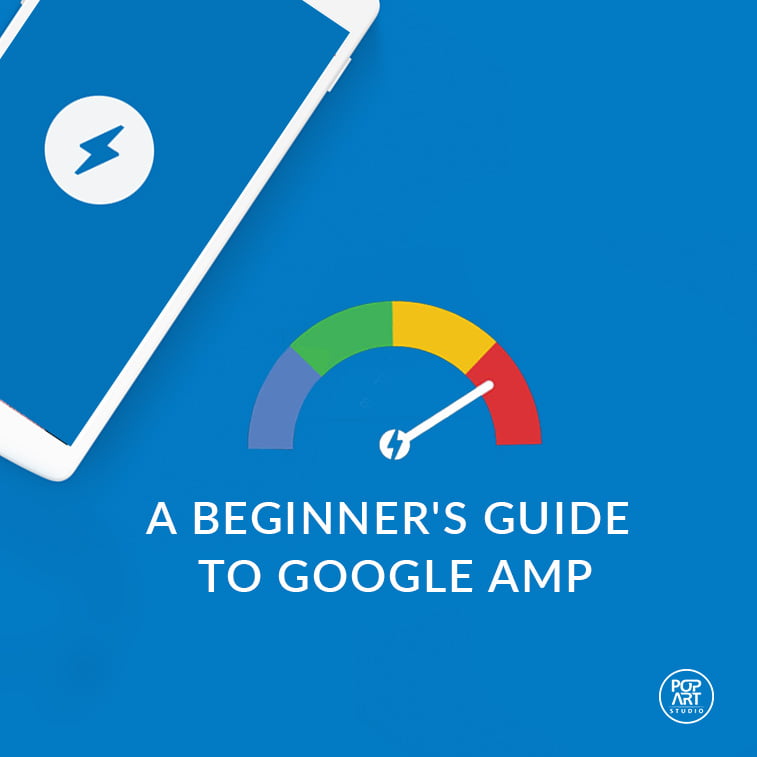We live in a speedy world. Fast food, fast cars, fast Internet, fast life. If you have any interest in web development and SEO, you must have heard rumors about these three letters in the past year or so. A-M-P. Some give it praise, some hardly like it. "But what is all the fuss about AMP?", you may wonder.
You take your phone from the pocket, try to Google it, but the pages do not seem to load. Inhale. Exhale. Everything is going to be all right.
If this new Google’s project gives you the chills (and it is not because of the cold climate or since it is obviously the end of December), then this beginner’s guide may help you learn something new about it.
What is AMP?
AMP stands for Accelerated Mobile Pages project which was introduced on Google’s blog back in October 2015 and launched in February 2016.
Since the number of people accessing the Internet has grown tremendously in the past couple of years, it is no wonder Google has decided to commit to the task of enabling faster load time via mobile devices.
As a matter of fact, AMP is an open-source project which aims at accelerating web content on mobile devices. According to Wikipedia, the project “provides a vast JavaScript library for developers and restricts the use of third-party JS.” Moreover, it is expected that AMP gets integrated with Google News in the future.
As Yoast put it,
„To make pages load instantly, AMP restricts what you can do in HTML pages. Fancy design is stripped out in favor of speed. AMP is very much a function over form project.“ (Yoast, February 2016)
The official AMP website states the following things that AMP websites must be like:
Allow only asynchronous scripts
Size all resources statically
Don’t let extension mechanisms block rendering
Keep all third-party JavaScript out of the critical path
All CSS must be inline and size-bound
Font triggering must be efficient
Minimize style recalculations
Only run GPU-accelerated animations
Prioritize resource loading
Load pages in an instant
Why is AMP important for my website?
In a nutshell, Google obviously put in a lot of effort in making the web a nicer place. By building faster, better websites, the developers are in the first line of contributing to this project – by educating themselves about the changes in algorithm and spreading that knowledge to their fellow colleagues and clients. The more you know about this will only make your work easier and may help position that website higher in the mobile search results.
So our recommendation is to start from the AMP website and follow their design principles. This will give you a decent start and the rest can be history – which you will probably write.
If you have anything to add to our article, or if you have tried AMP rules in your website code, share your experience with us in the comments below or on our Facebook page. We would love to hear from you!





